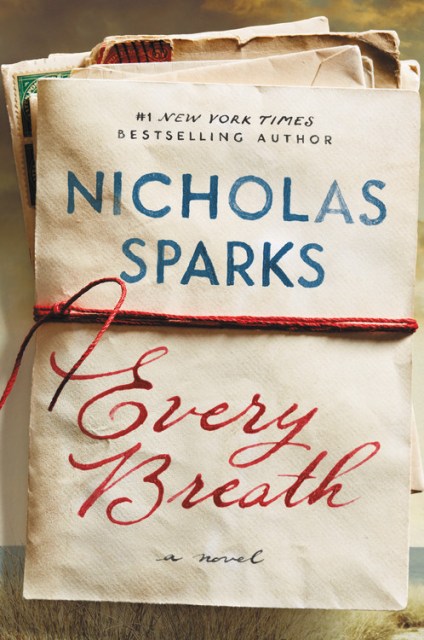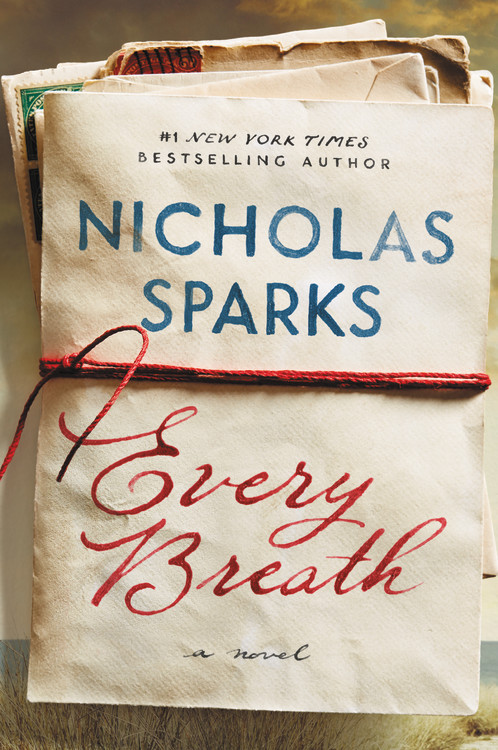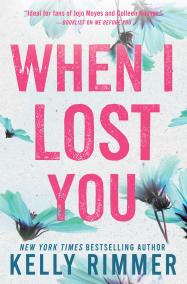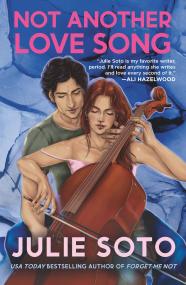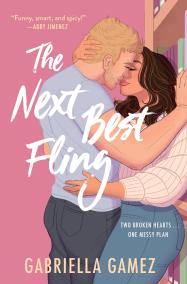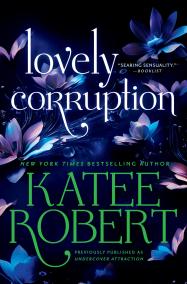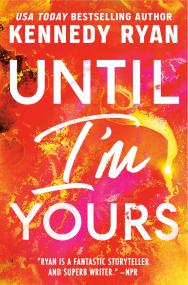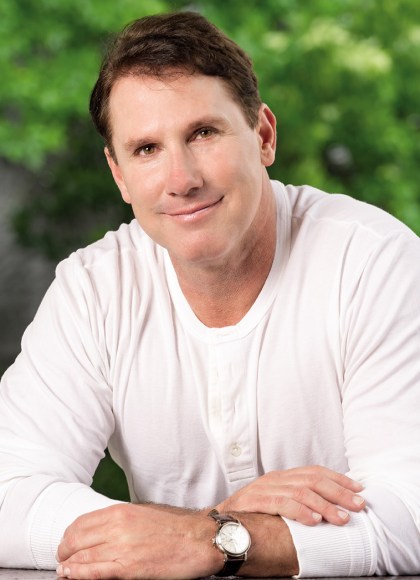Every Breath
Contributors
Formats and Prices
Price
$28.00Price
$36.50 CADFormat
Format:
- Hardcover $28.00 $36.50 CAD
- ebook $9.99 $12.99 CAD
- Hardcover (Large Print) $43.00 $54.00 CAD
- Audiobook Download (Abridged)
- Audiobook Download (Unabridged)
- Trade Paperback $15.99 $21.99 CAD
- Mass Market $9.99 $12.99 CAD
- Audiobook CD (Abridged) $15.00 $20.00 CAD
- Audiobook CD (Unabridged) $35.00 $45.50 CAD
Also available from:
Treat yourself to an epic #1 New York Times bestselling love story that spans decades and continents as two people at a crossroads — one from North Carolina and one from Zimbabwe — experience the transcendence and heartbreak of true love.
Hope Anderson has some important choices to make. At thirty-six, she’s been dating her boyfriend, an orthopedic surgeon, for six years. With no wedding plans in sight, and her father recently diagnosed with ALS, she decides to use a week at her family’s cottage in Sunset Beach, North Carolina, to ready the house for sale and mull over some difficult decisions about her future.
Tru Walls has never visited North Carolina but is summoned to Sunset Beach by a letter from a man claiming to be his father. A safari guide, born and raised in Zimbabwe, Tru hopes to unravel some of the mysteries surrounding his mother’s early life and recapture memories lost with her death. When the two strangers cross paths, their connection is as electric as it is unfathomable . . . but in the immersive days that follow, their feelings for each other will give way to choices that pit family duty against personal happiness in devastating ways.
Illuminating heartbreaking regrets and enduring hope, Every Breath explores the many facets of love that lay claim to our deepest loyalties while asking a life-changing question: How long can a dream survive?
Genre:
-
"Sparks is known for crafting sweeping romances that make readers feel deeply and believe in the power of love...Sparks confirms his gifts...in this thoughtfully researched and spellbinding story of love that defies time, a tale both heartbreaking and heartwarming."Booklist
-
"The rich setting helps bring life to [Hope and Tru's] story, making this a worthwhile venture for romance readers . . . Sparks fans will not be disappointed."Publishers Weekly
-
"Sparks has come up with a terrific conceit for his new romance . . . What makes Every Breath rise above . . . is its unpredictability and strong character development."USA Today
- On Sale
- Oct 16, 2018
- Page Count
- 320 pages
- Publisher
- Grand Central Publishing
- ISBN-13
- 9781538728529
Newsletter Signup
By clicking ‘Sign Up,’ I acknowledge that I have read and agree to Hachette Book Group’s Privacy Policy and Terms of Use

